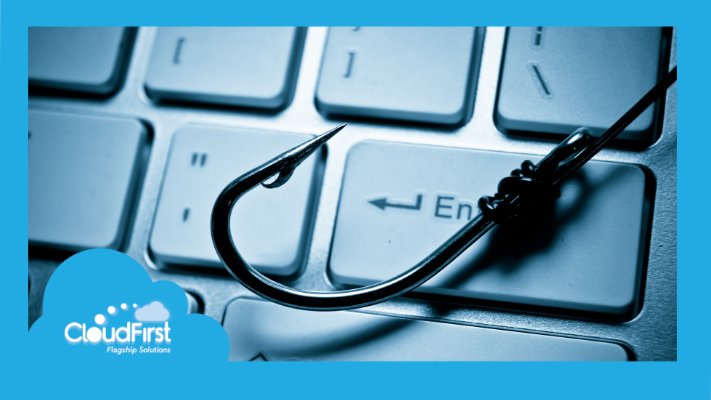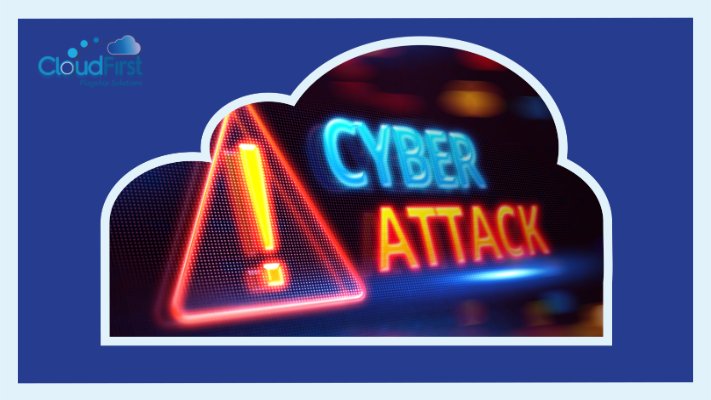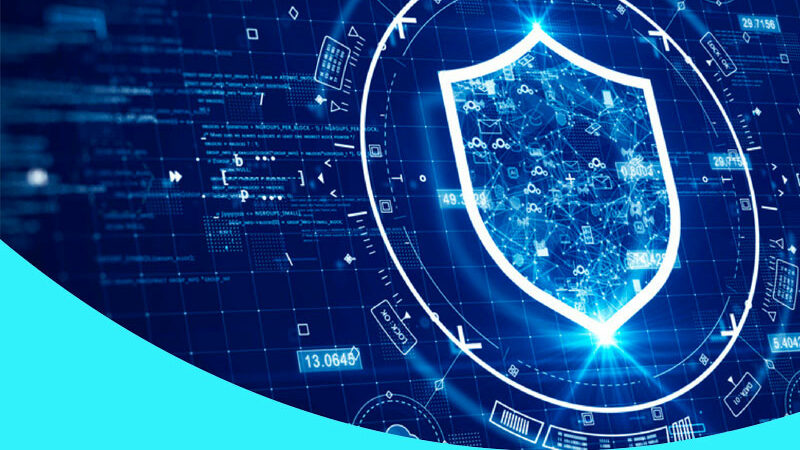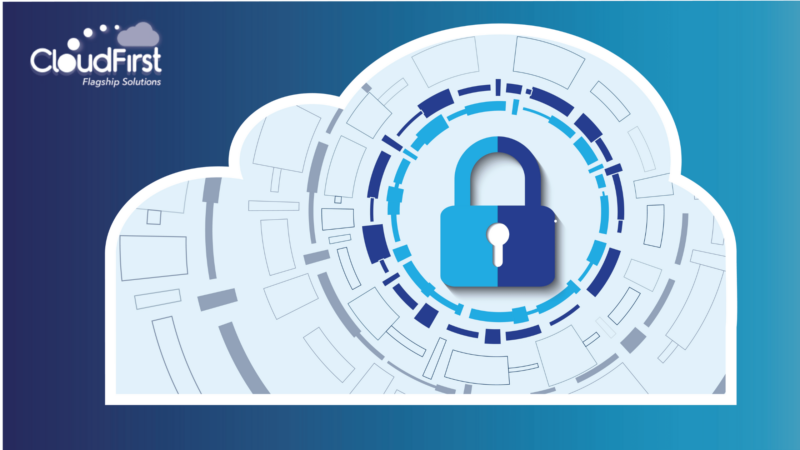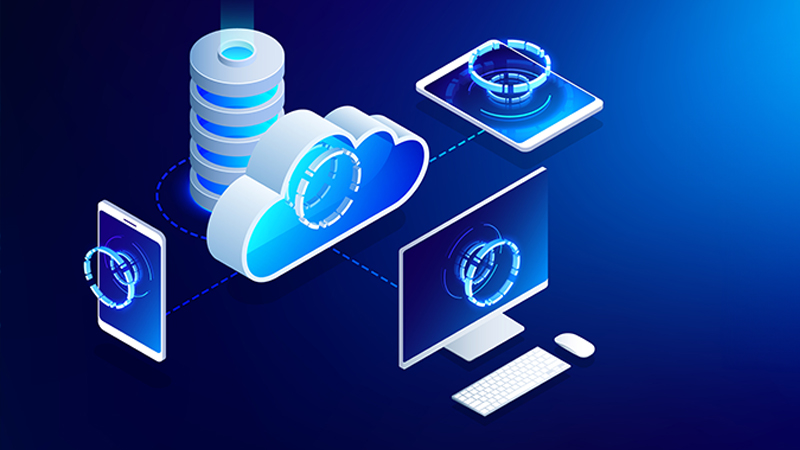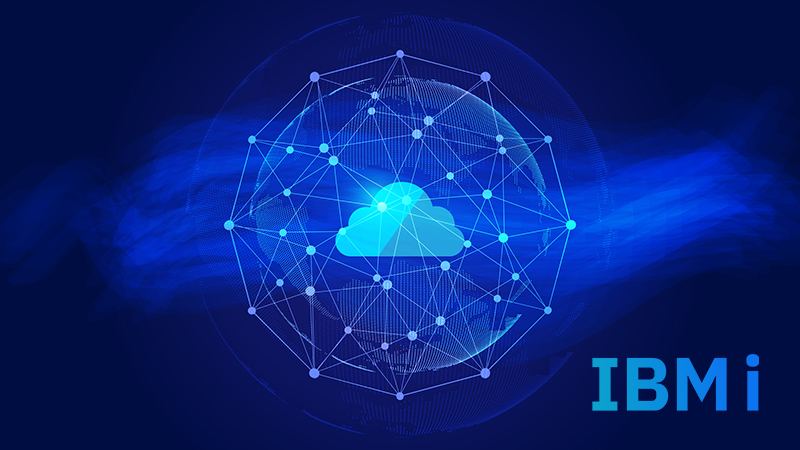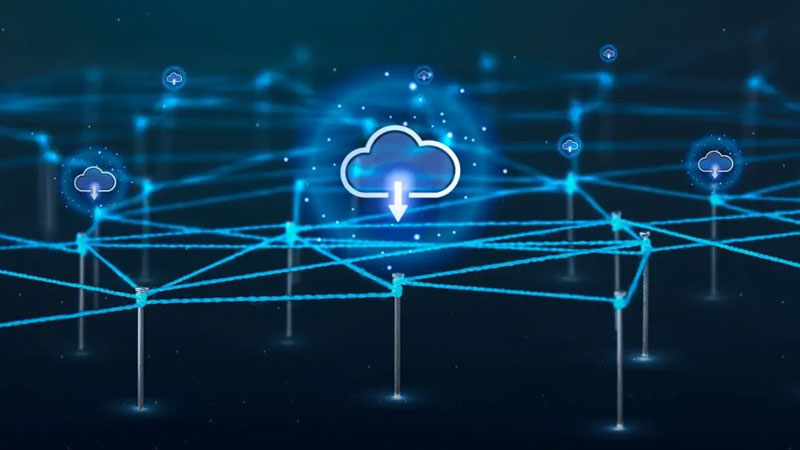We’re all used to the obvious robocalls that leave tons of voicemails and the spam emails that clog up our inboxes. But if you’re a business owner, you aren’t always prepared when a senior manager receives an email from someone posing as you or a compelling link supposedly sent out by HR leads to powerful,
Blog
Attack Surface Management: How to Lower Cybersecurity Risk by Reducing Your Company’s Attack Surface
It’s hard to comprehend how hackers find ways to enter your network and cripple your business. While you may be focusing on other areas of growth for your company, you can’t leave a portion of your network unprotected and therefore accessible to bad hackers. Consider your attack surface and how to protect it. The reality
Threats, Vulnerabilities and Solutions – How CloudFirst Protects Your Business and Your Data
Today’s businesses are under constant threat of cyber attacks. The famous last words “It could never happen to us” are famous for a reason. An organization that doesn’t prioritize cybersecurity paints a target on its back. The first step to protecting your company is understanding what you’re up against. In our Threats, Vulnerabilities, and Solutions
Understanding Cyber Security Key Performance Indicators: 10 KPIs You Need to Track to Protect Your Business From Ransomware and Other Threats
Key performance indicators (KPIs) allow companies to measure their progress toward goals. They give you a way of checking in to see how you’re doing. Cyber security KPI metrics provide an assessment method to give you insight into whether you’re at risk and if you’re doing enough to keep your company safe. Cyber attacks are
What Is a Business Continuity Plan? (7 Tips to Create a BCP)
How to Get Started with the NIST Risk Management Framework
Most companies don’t think they’re at risk for a cybersecurity attack until it happens to them. By then, it’s too late to stop the wheels already in motion. Their system is compromised, information may be stolen, and the entire organization is vulnerable. Prevention starts with business leaders creating a risk management strategy that ensures data
How to Get Started with ISO 27001 Controls and Compliance
ISO 27001 certification provides a framework for protecting any business with an online footprint or large stores of digital data. Getting certified means your organization has created a risk management plan for information security that meets or exceeds the International Organization for Standardization’s (ISO) criteria. But the daunting numbers and jargon are enough to make
Top 5 Benefits of Adopting Cloud-first SD-WAN
Embracing a Cloud First SD-WAN approach is revolutionizing how businesses handle their network demands in the cloud era. This article delves into the top benefits of adopting Cloud First SD-WAN, highlighting how it not only simplifies network management but also ensures robust security, improved performance, and cost efficiency.
Can APIs Revitalize my Cloud IBM i Application?
CloudFirst Delivers Multi-Cloud Connectivity for IBM i & AIX
CloudFirst delivers multi-cloud connectivity allowing enterprises to host traditional IBM I and AIX workloads seamlessly integrated to AWS, Azure, Google, or IBM clouds. Through high bandwidth, low latency direct connections with the major cloud services providers, CloudFirst enables organizations to harness the power of its cloud to deliver local area network (LAN) performance as if
